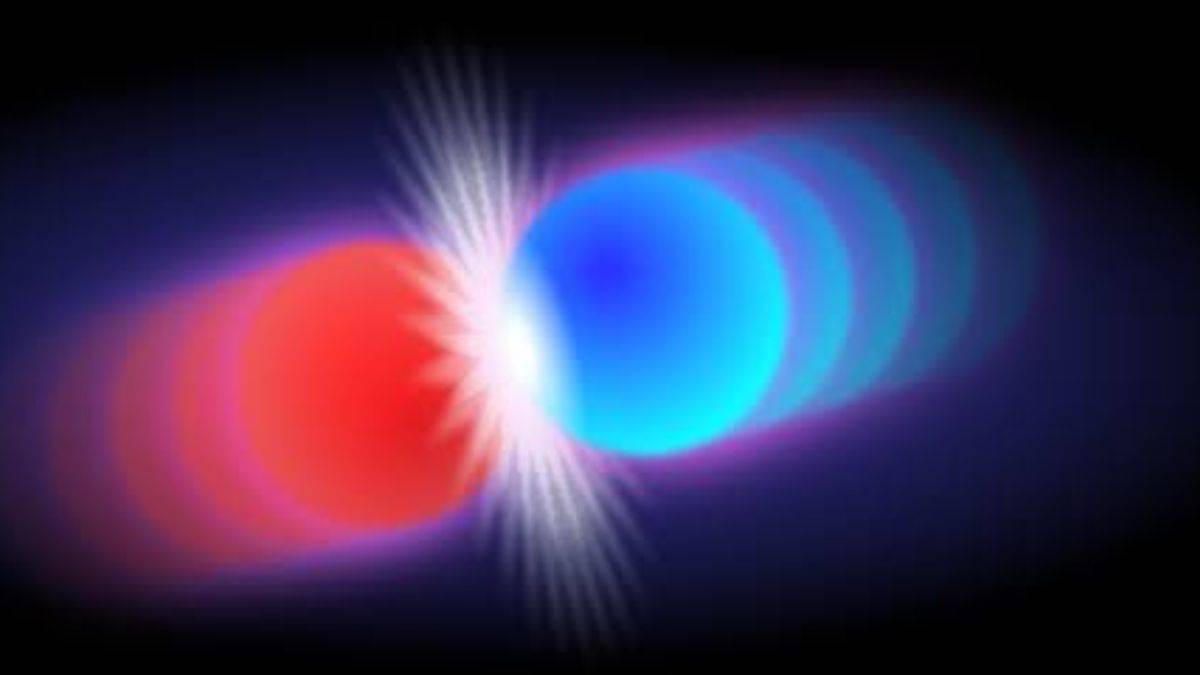What happens when two atoms collide?Read Here

If you are also a geek who just doesn’t feel right when two atoms, out of nowhere, collide with each other, then this article might be for you to read and get better at knowing atoms. Sometimes, there are people who may be terrified by watching two atoms meet because they imagine a nuclear weapon exploding, although not all such collisions are as dramatic.
Atoms can join in a variety of ways. They are joined together in various ways to form molecules. To comprehend molecules, you must first know what an atom is made of. There are neutrons, protons, and electrons inside the atom. The nucleus is made up of neutrons and protons that are all glued together in the center of the atom. Electrons are much lighter than protons or neutrons and can move freely throughout the nucleus. However, out of all this subjective learning, did you ever wish to find out what happens if two atoms collide with one another?
As per the researchers’ huge experiments and conclusions over the atoms and their collision, it was revealed that atoms have wave functions, which are characterized by the probability-based orbits of their electrons. Prior study has even demonstrated that when two atoms come into close contact and their waveforms overlap, a force known as “exchange interaction” emerges, which immediately grows stronger as the two move closer together. The exchange interaction occurs all the time, such as when two fingers are pressed together.
Some people call the collision the atoms touching each other. However, there are different meanings provided to ‘touching’ the atom.
If “touching” means that two atoms have a substantial influence on each other, then atoms do indeed touch, but only when they are close enough. The issue is that what counts as “substantial” is subjective. For example, the outside perimeter of an atom can be defined as the geometrical surface that holds 95% of the atom’s electron mass. A perimeter that contains 100% of the atom, as should be evident at this time, would be larger than the earth. With this mathematical surface containing 95% of the atom’s electron probability density, we may say that atoms do not touch until their 95% regions begin to overlap.


